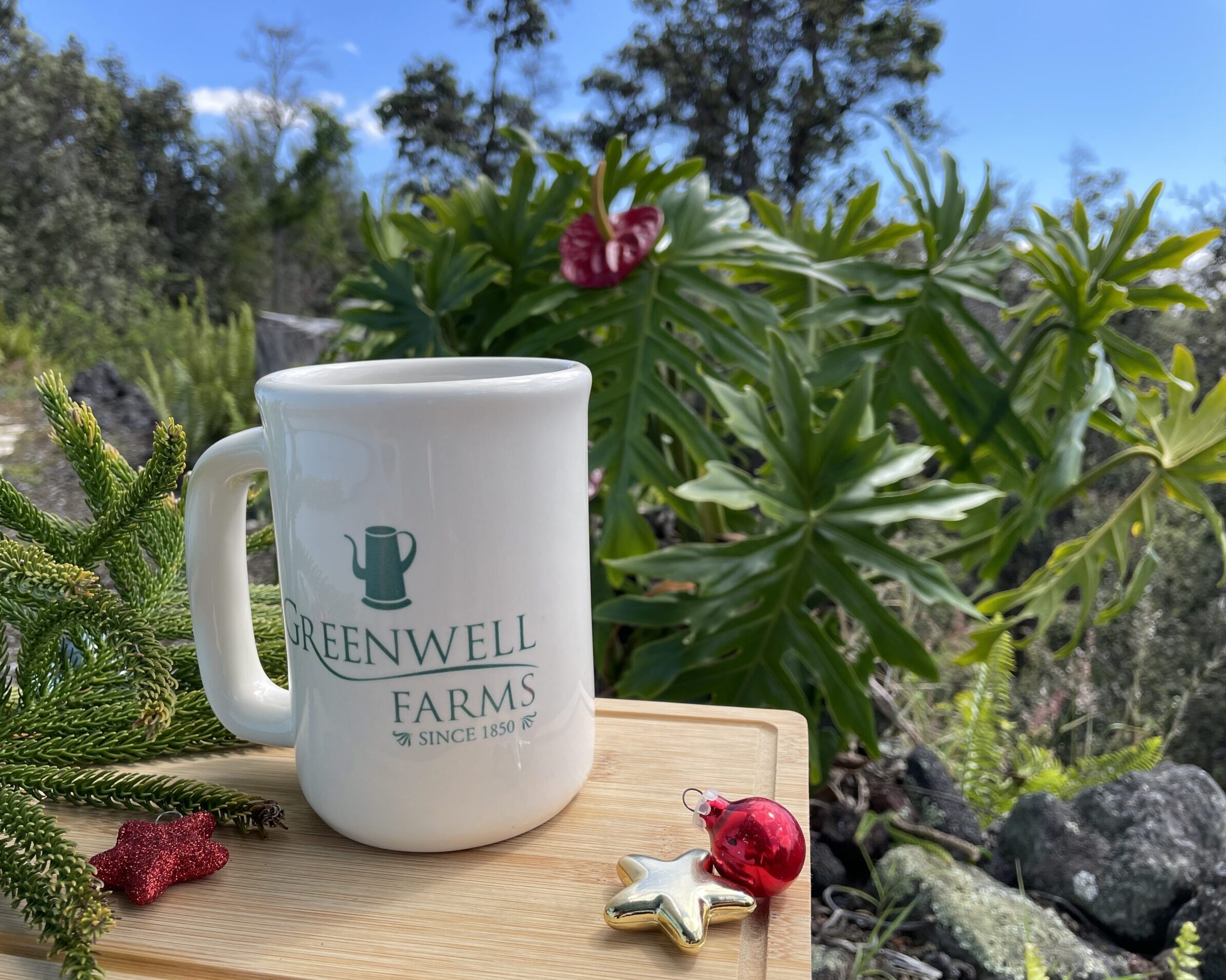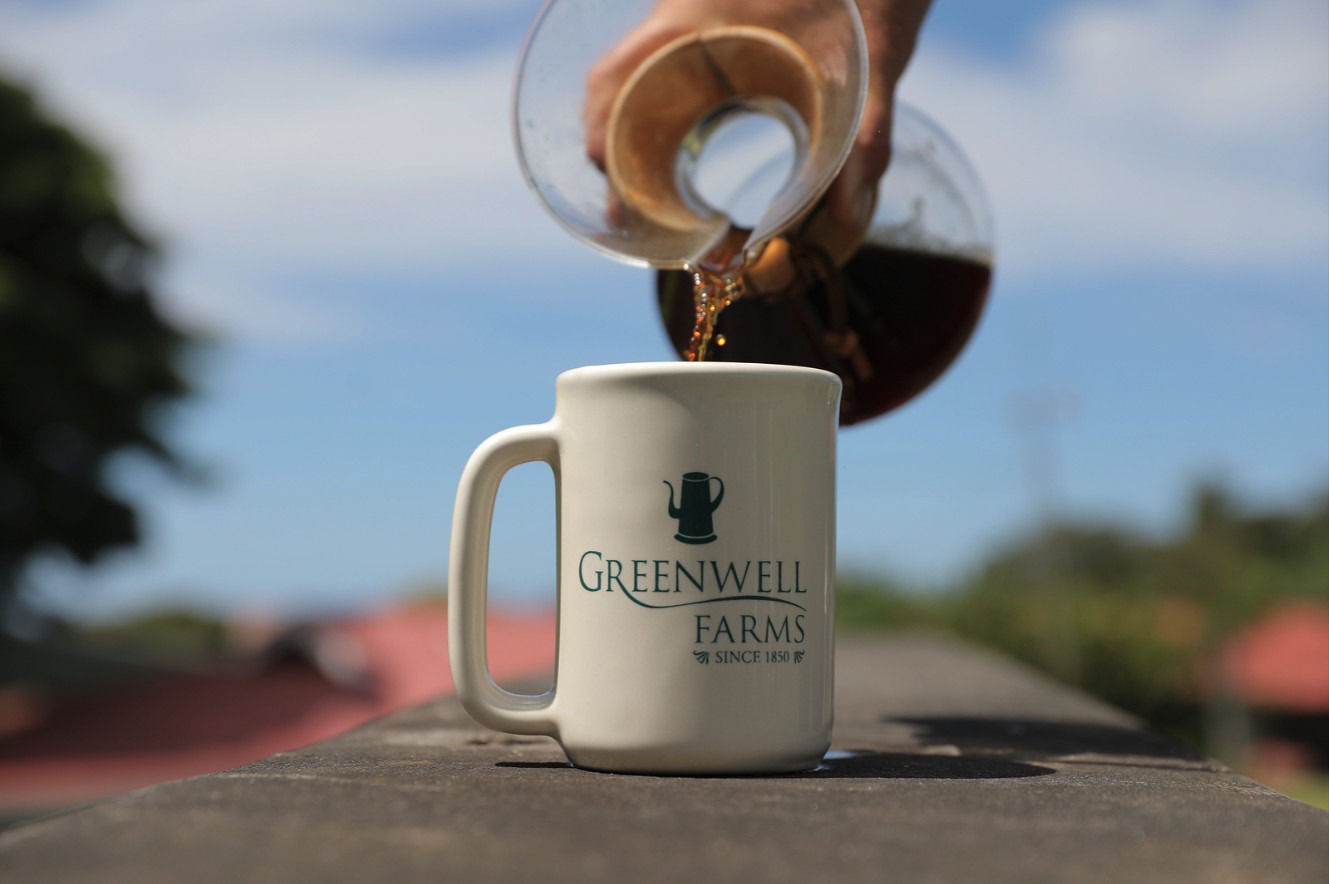Why Grind Size Matters!
In a recent lecture I attended, it was explained that the United States “At Home” coffee industry was worth 17 billion dollars annually.
Of that, only one billion were sold as whole beans. Of the 16 billion sold pre-ground, half of that was sold in individual pods. (Nespresso, K-cup, Pete’s, etc.)
For those of us who work in or enjoy “Specialty Coffee”, who have taken the time to learn to make a perfect cup and enjoy the best coffees the world has to offer, these numbers are shocking, but upon reflection make sense.
The coffee world is predominantly driven by cost and convenience. The in-roads that specialty coffee has made into such heavy-user markets as the Military, the Medical Profession, and Educational Institutions represent just a few percent of total consumption.
I think you can say the same for many other consumer markets, cost and convenience win out over quality more often than not.
Today’s blog is for that noble, yet small percentage of people who buy whole beans, and want and understand nuance in coffee. For the rare individual who seeks quality, who takes the time to constantly improve their understanding and skill in the making of a perfect cup, and who is willing to put some effort into trial and error.
Though we have sought in our “Art of Making Coffee” blog to give insight into many of these processes, today let’s specifically look at the art of grinding coffee.
Let’s start with the pros and cons of buying ground vs. whole bean coffee.
The case for ground coffee is really one of convenience. Open your bag, scoop your grounds, and you are good to go. If you are buying freshly roasted coffee and plan to consume it in a week at an Airbnb with no grinder, sure, buy ground. If you are buying flavored coffee, where the added flavoring will dominate the cup profile, sure, buy ground. If you use only one brew method (like a drip maker) and absolutely don’t have time (36 seconds) to grind your own coffee every morning, and don’t mind sacrificing some flavor nuance to save that half minute, then absolutely buy ground.
If you have come to enjoy a spectacular cup, if you crave freshness and subtlety, the whole bean is the way to go.
The pros of whole bean coffee include longer shelf life, deeper and more nuanced flavor, and flexibility to use your coffee in a variety of extraction methods.
Will you have to buy a grinder? Yes. Does it have to be a $1200 ceramic blade burr grinder? No. Fresh ground coffee in the cheapest grinder is superior to pre-ground coffee every time (If the coffee is the same). Your investment in your coffee infrastructure will have to be compatible with your budget but you can get a decent kitchen counter blade grinder for under $25.
Blade vs. Burr Grinders
Most of the original home grinders were blade grinders that use spinning blades to cut through the coffee. If you examine the grounds carefully you will find that the ground granules are not the same size. Some are powdery and some are coarse.
That means that when you make your coffee, some of the grinds will extract more quickly and some barely at all. When I have to use a blade grinder, I hold it in my hands and shake it while pulsing the grounds. This helps with uniformity but it’s not perfect.
Burr grinders use spinning discs, either flat discs or conical discs (conical is considered to be better), and crush the bean between a moving and non-moving surface. The result is a much more consistent grind size. This method also generates less heat which is generally a good thing. If your coffee grounds are being heated again in grinding it can change the taste of the coffee. A nice home burr grinder may run closer to $100.
A Little Science
Grinding coffee is a physical process taking place on a small scale during brewing. When water is trying to get flavor particles from coffee beans, it starts on the outside of the coffee granule and works its way inside, extracting the soluble material and being pushed away from the non-soluble.
The finer your grind, the more surface area the water has immediate access to. So, the general rule is, that finer coffee grounds will extract faster, while coarser coffee grounds extract slower.
There is also the resistance factor that needs to be considered. Water flows more quickly through pebbles than it does through fine sand. If you are using a pour-over method, and grind super fine, the water will pass through more slowly creating a more extracted cup. If you put coarse ground coffee in an espresso maker (Please don’t!) and force the water through quickly at high pressure, the lack of resistance results in a very weak and under-extracted cup.
So, knowing which grind size is appropriate for your preferred brew method is paramount. Remember that roasted coffee is complex and contains over 1000 flavor and aroma compounds in the bean. The sweetness, the acidity, the bitterness, the fruit notes and sugars, and a host of aromatic compounds all extract at slightly different rates.
Below is a general guide for these various grind sizes:
Super-Fine: (almost powdery)
Turkish Coffee traditionally uses this level of grind size.
Fine: (Like table salt)
Espresso shots use this level of grind.
Medium (a.k.a. All-Purpose Grind, somewhat like sand)
Used in drip makers, pour overs, moka pots and AeroPresses.
Medium-Coarse (Like coarse sea salt)
Great for the French press and the percolator.
Coarse (like large kosher salt)
Cold Brew uses a large, coarse grind size.
Lastly, keep in mind that these are general guidelines and there is a lot of play between the various sizes. Experiment with your grind sizes on different days and be mindful of the results.
Happy sipping!

Matt Carter is a retired teacher (1989-2018), part-time musician, farmer, and currently manages Greenwell Farm’s Tour and Retail Store Operations.







You mentioned grinding for 36 seconds. I use a Braun blade type grinder. I run it for 17 seconds. Been told I am grinding it too fine but that works for me. I drip brew one cup at a time. I would like to have a burr grinder but do not know who makes a good one. I used a friends electric burr grinder but I suspect it is just a blade grinder dressed up to look like a real one. Would be nice to see a review of them and if possible a tear down. Do not want one with plastic burrs like the hand powered one I was given.
Aloha Thomas,
I don’t actually grind for 36 seconds, just was saying that is how long you need to add that to your coffee routine. When I use the blade grinder, I pulse it while shaking and check the size as I go.
I will put your request on my list and when I can do my due diligence I’d be happy to review some grinders.